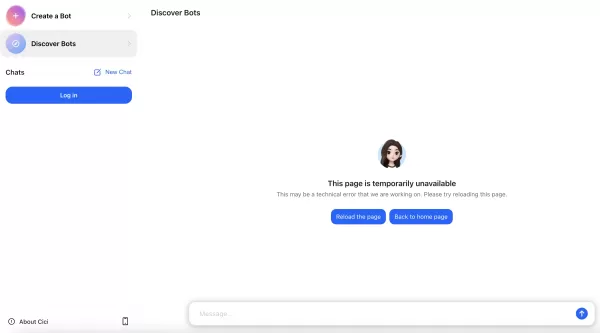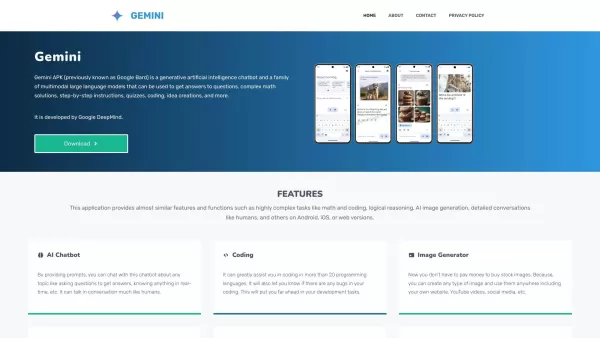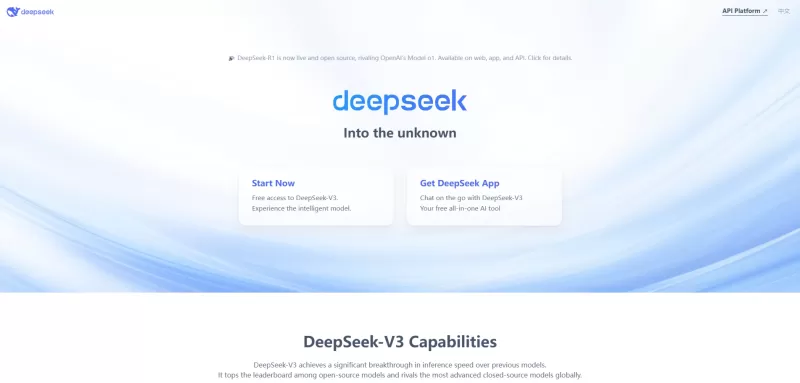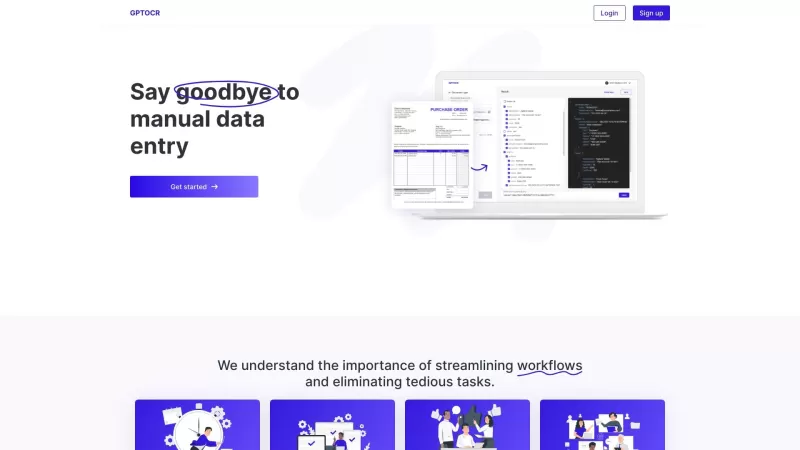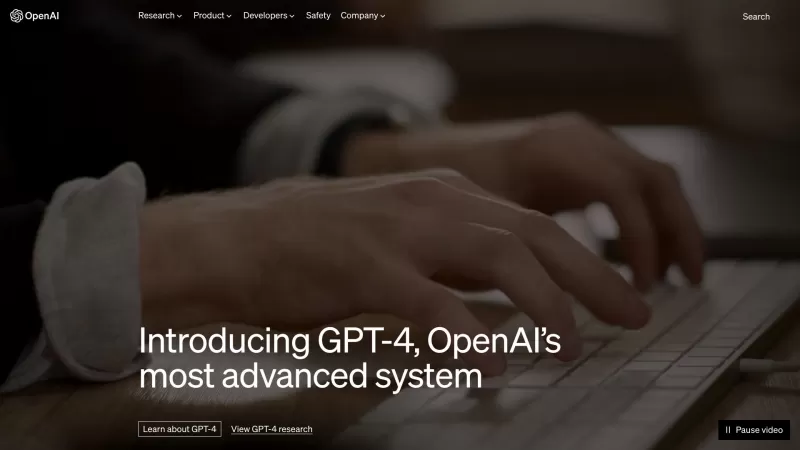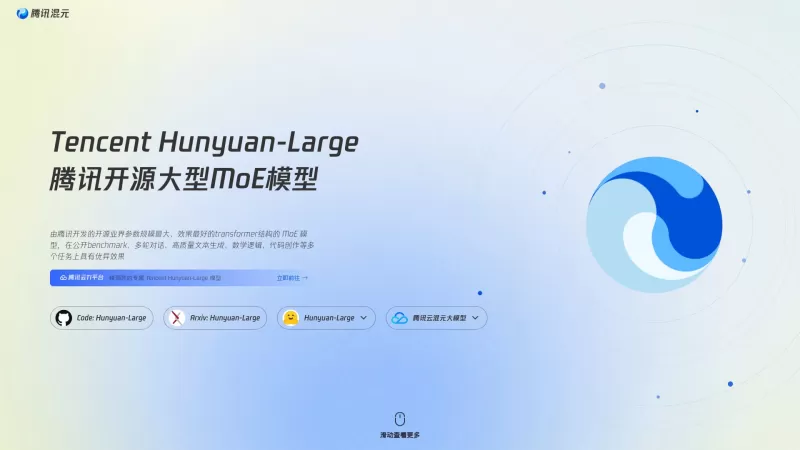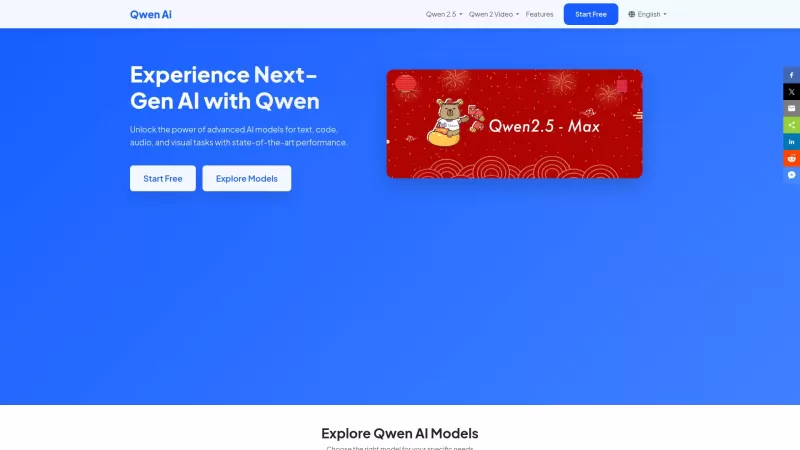JD Vance Discusses AI's Role in Shaping US Leadership at AI Action Summit
At the recent AI Action Summit, Senator JD Vance delivered a pivotal speech outlining America's strategic roadmap for artificial intelligence dominance. His address emphasized balancing technological innovation with workforce empowerment, positioning AI as an economic catalyst rather than job displacer. This analysis explores Vance's comprehensive vision encompassing domestic workforce development, semiconductor independence, global tech leadership, and ethical AI governance frameworks.
Core Pillars of America's AI Strategy
Pro-labor AI implementation fostering job growth nationwide
Productivity enhancement through human-AI collaboration
Sustaining technological superiority across entire AI ecosystem
Domestic semiconductor manufacturing sovereignty
Strategic global tech partnerships maintaining US advantage
Balanced regulatory approaches stimulating innovation
Economic Transformation Through AI
Workforce Development Initiatives
Vance articulated a revolutionary approach positioning AI as a workforce multiplier rather than substitute. The administration's blueprint focuses on comprehensive retraining programs targeting emerging AI-adjacent occupations and augmenting traditional roles with intelligent tools.

This pro-worker philosophy acknowledges automation concerns while demonstrating concrete pathways for labor force adaptation. Vance cited forthcoming legislation establishing nationwide digital apprenticeship programs and tax incentives for companies developing AI-assisted workflows that enhance rather than replace human roles.
The Productivity Paradigm Shift
The senator challenged conventional narratives by framing AI as the ultimate productivity partner. Detailed use cases illustrated how intelligent systems could elevate output across manufacturing, healthcare, and professional services while creating higher-value job opportunities.

Key policy proposals include:
- Federal AI adoption grants prioritizing worker-upgrading implementations
- National AI productivity benchmarking standards
- Small business AI integration subsidies
Technological Sovereignty
Full-Stack AI Independence
Vance detailed America's comprehensive advantage spanning chip fabrication, foundational algorithms, and application-layer innovation. This vertical integration ensures closed-loop development secure from foreign interference.

The strategy includes:
- $52B CHIPS Act expansion accelerating domestic semiconductor production
- National AI Research Cloud providing computing resources
- Next-Gen AI Workforce Initiative training 250,000 specialists
Compute Infrastructure Development
The address spotlighted computing power as the critical fuel for AI advancement. Current initiatives are establishing next-generation national laboratories featuring:
- Exascale computing facilities
- Quantum-AI hybrid systems
- Energy-efficient neuromorphic architectures

Global Leadership Framework
International Cooperative Principles
Vance outlined four pillars for global engagement:
- Standards development promoting ethical AI
- Research collaboration agreements
- Technology transfer safeguards
- Talent mobility programs
Competitive Safeguards
The strategy includes defensive measures protecting US interests:
Initiative Purpose Implementation Tech Export Controls Prevent strategic leakage Quarterly review process Investment Screening Secure critical AI CFIUS expansion Talent Retention Maintain skill advantage Immigration fast-tracks
Common Inquiries
How does this differ from previous tech revolutions?
The current approach uniquely combines technological ambition with labor market protections through legislative safeguards and transition funding mechanisms unseen during prior industrial transformations.
What prevents corporate overreach?
Three-layer accountability framework encompassing algorithmic transparency requirements, worker representation in implementation decisions, and federal oversight committees ensures balanced adoption.
When will workforce impacts materialize?
Initial effects are projected within 18-24 months, concentrated in manufacturing and administrative sectors, followed by progressively complex occupations through 2030.
Supplementary Considerations
Sector-Specific Implementation Timelines
Healthcare (2025-2027) ● Finance (2024-2026) ● Education (2026-2028) ● Construction (2027-2029)
State-Level Preparatory Measures
Regional workforce boards ● Community college AI curricula ● Small business adoption grants ● Municipal infrastructure upgrades
Related article
 Veo 3 Launches with AI-Powered Video and Soundtrack Generation
Here is the rewritten HTML content following all your guidelines:Google Unveils Veo 3: AI Video Generation With Synchronized AudioGoogle has introduced Veo 3 at its I/O 2025 conference, marking a significant advancement in AI-generated video technolo
Veo 3 Launches with AI-Powered Video and Soundtrack Generation
Here is the rewritten HTML content following all your guidelines:Google Unveils Veo 3: AI Video Generation With Synchronized AudioGoogle has introduced Veo 3 at its I/O 2025 conference, marking a significant advancement in AI-generated video technolo
 Instagram Updates Include Reposts Feed and Snap Maps-Inspired Feature
Instagram Introduces Competitor-Inspired Updates While Refining Controversial FeatureThe platform is rolling out multiple innovations that borrow from rival services while enhancing a polarizing feature introduced earlier in 2024.New Ways to Share Co
Instagram Updates Include Reposts Feed and Snap Maps-Inspired Feature
Instagram Introduces Competitor-Inspired Updates While Refining Controversial FeatureThe platform is rolling out multiple innovations that borrow from rival services while enhancing a polarizing feature introduced earlier in 2024.New Ways to Share Co
 Google Gemini Introduces Read-Aloud Feature for Docs
Google Docs introduces an innovative AI-powered text-to-speech feature that transforms written documents into customizable audio experiences. The newly released functionality allows users to generate natural-sounding voiceovers from their text conten
Comments (0)
0/200
Google Gemini Introduces Read-Aloud Feature for Docs
Google Docs introduces an innovative AI-powered text-to-speech feature that transforms written documents into customizable audio experiences. The newly released functionality allows users to generate natural-sounding voiceovers from their text conten
Comments (0)
0/200
At the recent AI Action Summit, Senator JD Vance delivered a pivotal speech outlining America's strategic roadmap for artificial intelligence dominance. His address emphasized balancing technological innovation with workforce empowerment, positioning AI as an economic catalyst rather than job displacer. This analysis explores Vance's comprehensive vision encompassing domestic workforce development, semiconductor independence, global tech leadership, and ethical AI governance frameworks.
Core Pillars of America's AI Strategy
Pro-labor AI implementation fostering job growth nationwide
Productivity enhancement through human-AI collaboration
Sustaining technological superiority across entire AI ecosystem
Domestic semiconductor manufacturing sovereignty
Strategic global tech partnerships maintaining US advantage
Balanced regulatory approaches stimulating innovation
Economic Transformation Through AI
Workforce Development Initiatives
Vance articulated a revolutionary approach positioning AI as a workforce multiplier rather than substitute. The administration's blueprint focuses on comprehensive retraining programs targeting emerging AI-adjacent occupations and augmenting traditional roles with intelligent tools.

This pro-worker philosophy acknowledges automation concerns while demonstrating concrete pathways for labor force adaptation. Vance cited forthcoming legislation establishing nationwide digital apprenticeship programs and tax incentives for companies developing AI-assisted workflows that enhance rather than replace human roles.
The Productivity Paradigm Shift
The senator challenged conventional narratives by framing AI as the ultimate productivity partner. Detailed use cases illustrated how intelligent systems could elevate output across manufacturing, healthcare, and professional services while creating higher-value job opportunities.

Key policy proposals include:
- Federal AI adoption grants prioritizing worker-upgrading implementations
- National AI productivity benchmarking standards
- Small business AI integration subsidies
Technological Sovereignty
Full-Stack AI Independence
Vance detailed America's comprehensive advantage spanning chip fabrication, foundational algorithms, and application-layer innovation. This vertical integration ensures closed-loop development secure from foreign interference.

The strategy includes:
- $52B CHIPS Act expansion accelerating domestic semiconductor production
- National AI Research Cloud providing computing resources
- Next-Gen AI Workforce Initiative training 250,000 specialists
Compute Infrastructure Development
The address spotlighted computing power as the critical fuel for AI advancement. Current initiatives are establishing next-generation national laboratories featuring:
- Exascale computing facilities
- Quantum-AI hybrid systems
- Energy-efficient neuromorphic architectures

Global Leadership Framework
International Cooperative Principles
Vance outlined four pillars for global engagement:
- Standards development promoting ethical AI
- Research collaboration agreements
- Technology transfer safeguards
- Talent mobility programs
Competitive Safeguards
The strategy includes defensive measures protecting US interests:
| Initiative | Purpose | Implementation |
|---|---|---|
| Tech Export Controls | Prevent strategic leakage | Quarterly review process |
| Investment Screening | Secure critical AI | CFIUS expansion |
| Talent Retention | Maintain skill advantage | Immigration fast-tracks |
Common Inquiries
How does this differ from previous tech revolutions?
The current approach uniquely combines technological ambition with labor market protections through legislative safeguards and transition funding mechanisms unseen during prior industrial transformations.
What prevents corporate overreach?
Three-layer accountability framework encompassing algorithmic transparency requirements, worker representation in implementation decisions, and federal oversight committees ensures balanced adoption.
When will workforce impacts materialize?
Initial effects are projected within 18-24 months, concentrated in manufacturing and administrative sectors, followed by progressively complex occupations through 2030.
Supplementary Considerations
Sector-Specific Implementation Timelines
Healthcare (2025-2027) ● Finance (2024-2026) ● Education (2026-2028) ● Construction (2027-2029)
State-Level Preparatory Measures
Regional workforce boards ● Community college AI curricula ● Small business adoption grants ● Municipal infrastructure upgrades
 Veo 3 Launches with AI-Powered Video and Soundtrack Generation
Here is the rewritten HTML content following all your guidelines:Google Unveils Veo 3: AI Video Generation With Synchronized AudioGoogle has introduced Veo 3 at its I/O 2025 conference, marking a significant advancement in AI-generated video technolo
Veo 3 Launches with AI-Powered Video and Soundtrack Generation
Here is the rewritten HTML content following all your guidelines:Google Unveils Veo 3: AI Video Generation With Synchronized AudioGoogle has introduced Veo 3 at its I/O 2025 conference, marking a significant advancement in AI-generated video technolo
 Instagram Updates Include Reposts Feed and Snap Maps-Inspired Feature
Instagram Introduces Competitor-Inspired Updates While Refining Controversial FeatureThe platform is rolling out multiple innovations that borrow from rival services while enhancing a polarizing feature introduced earlier in 2024.New Ways to Share Co
Instagram Updates Include Reposts Feed and Snap Maps-Inspired Feature
Instagram Introduces Competitor-Inspired Updates While Refining Controversial FeatureThe platform is rolling out multiple innovations that borrow from rival services while enhancing a polarizing feature introduced earlier in 2024.New Ways to Share Co
 Google Gemini Introduces Read-Aloud Feature for Docs
Google Docs introduces an innovative AI-powered text-to-speech feature that transforms written documents into customizable audio experiences. The newly released functionality allows users to generate natural-sounding voiceovers from their text conten
Google Gemini Introduces Read-Aloud Feature for Docs
Google Docs introduces an innovative AI-powered text-to-speech feature that transforms written documents into customizable audio experiences. The newly released functionality allows users to generate natural-sounding voiceovers from their text conten

